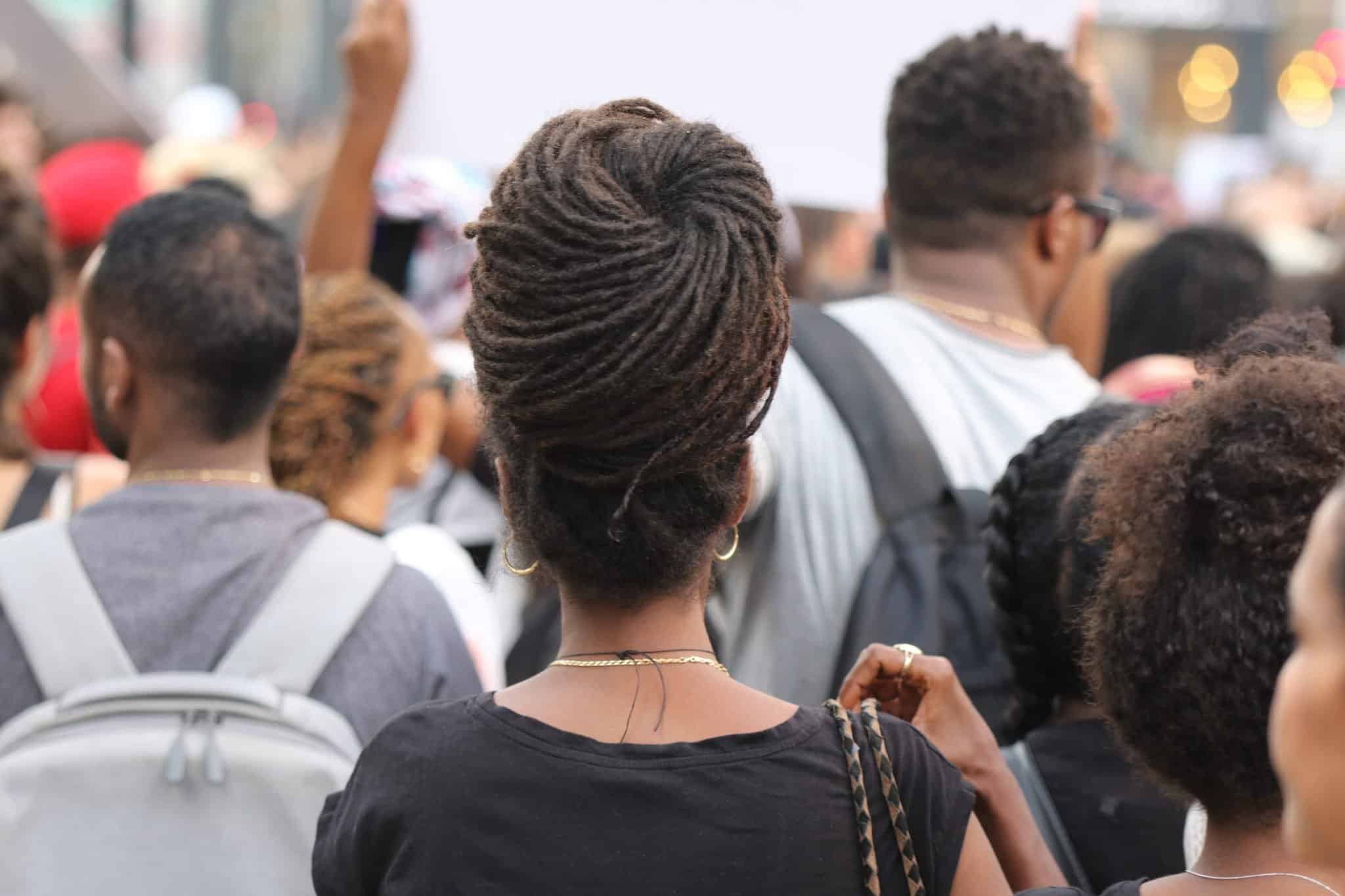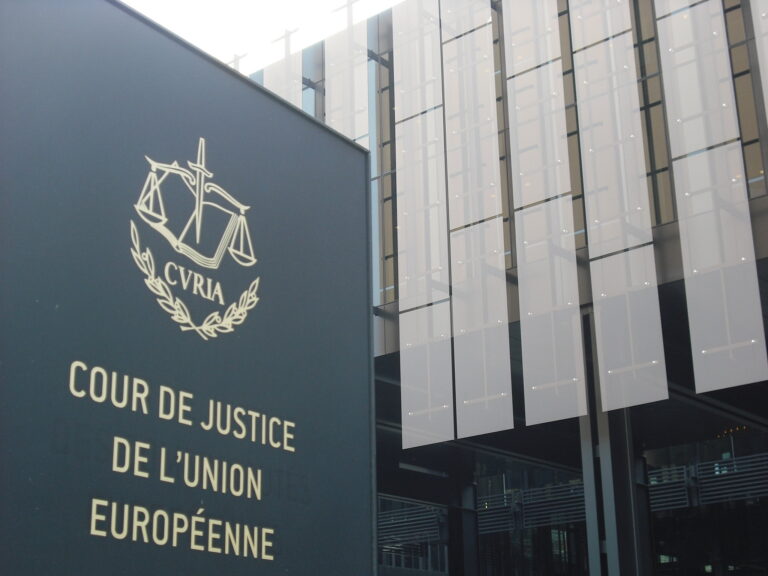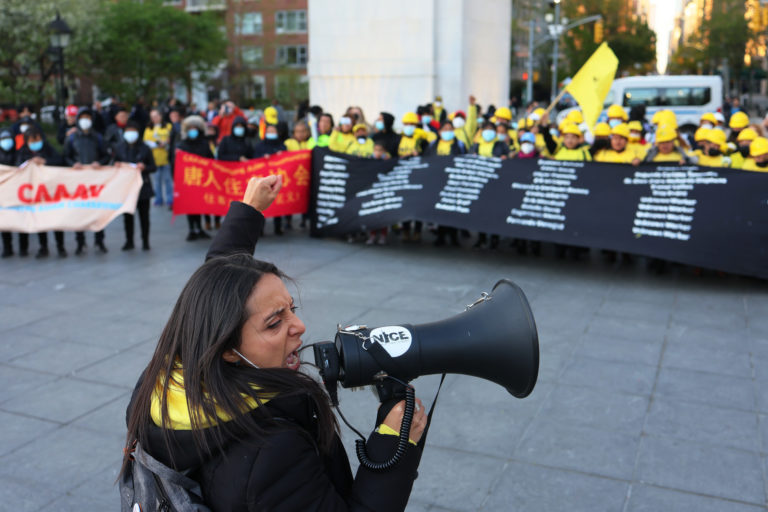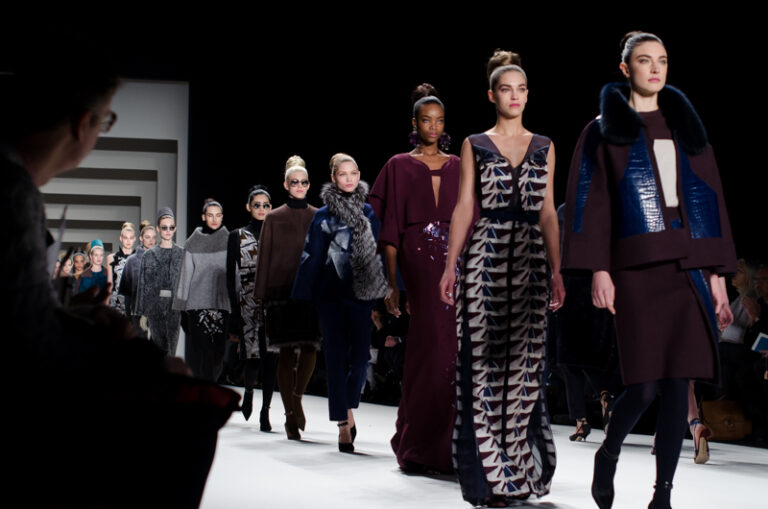Alisha Jarwala is a student at Harvard Law School and a member of the Labor and Employment Lab.
In 2010, Chastity Jones applied for a customer service job at Catastrophe Management Solutions. Jones, who is African American, was selected for an interview, and she arrived at the office dressed in a business suit and wearing her hair in short dreadlocks. Jones was hired. Minutes later, her job offer was rescinded after she refused to cut her dreadlocks—her white interviewer explained that dreadlocks were not allowed at CMS because they “tend to get messy.” Jones is not alone in facing discrimination based on her hairstyle: African-American employees in industries from fitness to media have been penalized or fired in recent years for wearing their hair in natural styles, and students have been suspended.
Policies that discriminate against hairstyles are a pernicious form of racial discrimination that remain on the books in many workplaces and schools. These policies, which generally prohibit or restrict traditional African-American hairstyles in the name of “professionalism,” have roots in white supremacy. Hair regulations date back to Louisiana in the 1700s, when the Spanish colonial government passed laws requiring women of color, enslaved and free, to cover their hair to indicate that they belonged to a lower class.
After the passage of Title VII, advocates sought to challenge policies that penalized African-American hairstyles in the workplace. In 1976, the Seventh Circuit held in Jenkins v. Blue Cross Mutual Hospital Insurance that afros were protected under Title VII. Beverly Jenkins was denied a promotion and told outright that she could “could never represent Blue Cross” with an afro; the court held that “[t]he reference to the Afro hairstyle was merely the method by which the plaintiff’s supervisor allegedly expressed the employer’s racial discrimination” towards African Americans.
However, Jenkins didn’t settle the issue—another federal court has refused to find that hairstyle discrimination is prohibited by Title VII because hairstyles can be modified. In 2016, the Eleventh Circuit considered Chastity Jones’s case and ultimately upheld Catastrophe Management’s policy of banning dreadlocks in EEOC v. Catastrophe Management Solutions. The court held that dreadlocks are not an “immutable characteristic of black persons” because they could be cut off, and thus the employer was not discriminating on the basis of race by rescinding Jones’s job offer. The court’s reasoning disregarded the fact that dreadlocks can form naturally in African-American hair, making them immutable in the same way that any person’s hair texture is immutable. The court also disregarded the idea that “race” should include hairstyles intimately connected to a person’s race. Ultimately, Catastrophe Management upheld a racist policy.
It’s possible that Catastrophe Management was an aberration and is out of step with the times. For example, the Army changed its grooming policies in 2017 to allow women to wear dreadlocks (men are still required to keep their hair short). The Navy followed suit in 2018. Both branches of the military acknowledged that this change was to increase diversity and foster inclusion. However, African-American workers and students are still penalized in many places for wearing their hair naturally, showing that Eurocentric conceptions of “appropriate” and “professional” hair still dominate. Rather than bring additional litigation post-Catastrophe Management, advocates have urged local and state governments to clarify that discrimination based on hairstyle is discrimination based on race.
Local Initiatives
The New York City Commission on Human Rights released guidance in February 2019 that targeting individuals based on hairstyle at work, school, or public places will be considered racial discrimination under the New York City Human Rights Law (NYCHRL). The Commission explained that the impetus for the guidance was bias against African Americans and the “widespread and fundamentally racist belief that Black hairstyles are not suited for formal settings, and may be unhygienic, messy, disruptive, or unkempt.” Cincinnati, Ohio and Montgomery County in Maryland have also passed local laws prohibiting hairstyle-based discrimination.
State Legislation: the CROWN Coalition
California became the first state to ban hairstyle-based discrimination in July 2019 with unanimous passage of a bill known as the CROWN Act (for “Create a Respectful and Open Workplace for Natural Hair”). The Act amends the state’s antidiscrimination laws to add that “race” is “inclusive of traits historically associated with race, including, but not limited to, hair texture and protective hairstyles.” Protective hairstyles include “braids, locks, and twists.” Much like the New York City Commission, the California State Legislature explicitly drew attention to the discrimination faced by African Americans in the workplace, noting that professionalism is “closely linked to European features and mannerisms,” and that “[w]orkplace dress code and grooming policies that prohibit natural hair, including afros, braids, twists, and locks, have a disparate impact on Black individuals.” New York state passed its own CROWN Act later that month.
Following California and New York, states including Tennessee, Michigan, Wisconsin, Illinois, and Kentucky have all proposed legislation to address hairstyle discrimination. The legislation is supported by the CROWN Coalition, a growing alliance of businesses and civil rights organizations including Color of Change, the National Urban League, the Western Center on Law & Poverty, and beauty brand Dove. New Jersey became the third state to pass a CROWN Act in December 2019, and the CROWN Coalition reports that an additional 22 states have stated an intent to introduce variations of the Act.
While momentum behind state legislation continues to grow, it would still leave workers and students vulnerable to this kind of discrimination in certain parts of the country. If advocates are doubtful that federal courts will interpret Title VII broadly post-Catastrophe Management, federal legislation is another possibility. In December 2019, Senator Cory Booker introduced a federal CROWN Act, which would amend federal antidiscrimination laws to prohibit discrimination based on hairstyles associated with a particular race or national origin. While introducing the legislation, Booker spoke about a student who was forced to cut his dreadlocks or forfeit a wrestling match and about actor Gabrielle Union, who was fired from “America’s Got Talent” after being told that her hairstyle was “too black.” These incidents are the ones that went viral, so they’re likely just the tip of the iceberg. However, they lend support to the idea that unless antidiscrimination laws are clarified to explicitly prohibit hairstyle-based discrimination, it will continue at work and school.










Daily News & Commentary
Start your day with our roundup of the latest labor developments. See all
December 22
Worker-friendly legislation enacted in New York; UW Professor wins free speech case; Trucking company ordered to pay $23 million to Teamsters.
December 21
Argentine unions march against labor law reform; WNBA players vote to authorize a strike; and the NLRB prepares to clear its backlog.
December 19
Labor law professors file an amici curiae and the NLRB regains quorum.
December 18
New Jersey adopts disparate impact rules; Teamsters oppose railroad merger; court pauses more shutdown layoffs.
December 17
The TSA suspends a labor union representing 47,000 officers for a second time; the Trump administration seeks to recruit over 1,000 artificial intelligence experts to the federal workforce; and the New York Times reports on the tumultuous changes that U.S. labor relations has seen over the past year.
December 16
Second Circuit affirms dismissal of former collegiate athletes’ antitrust suit; UPS will invest $120 million in truck-unloading robots; Sharon Block argues there are reasons for optimism about labor’s future.